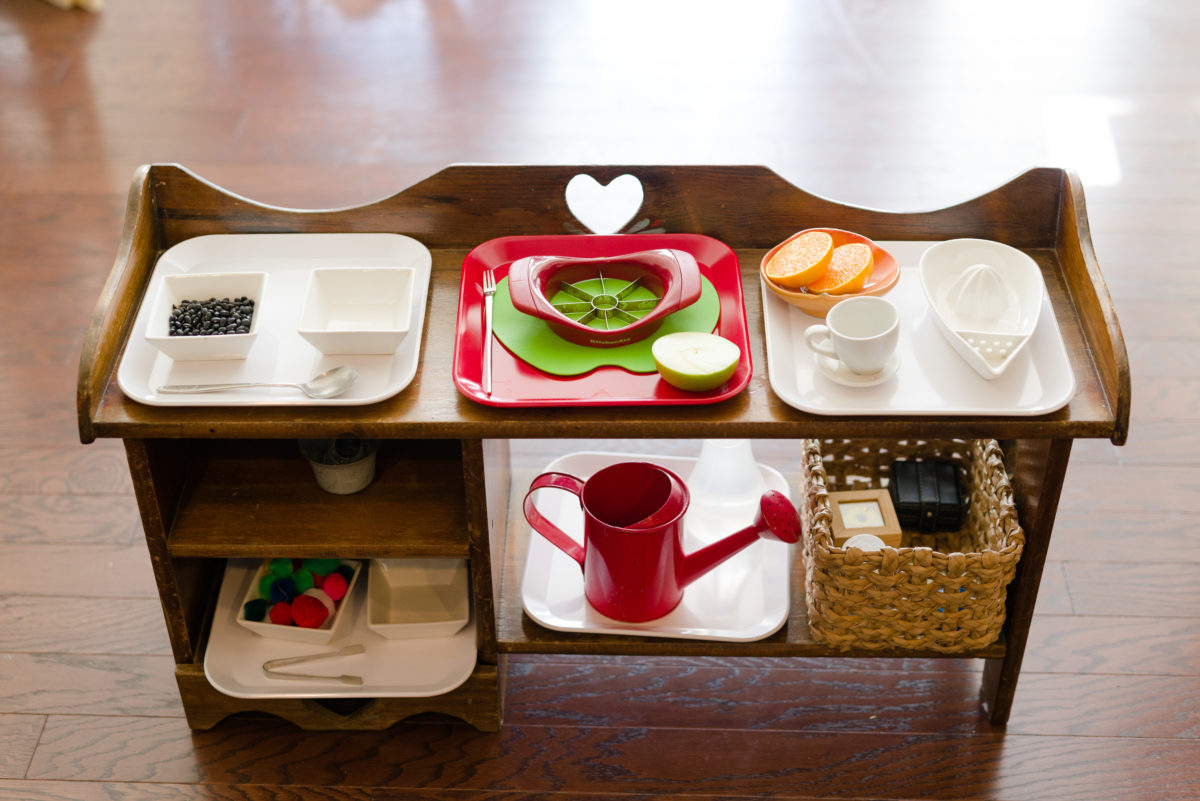Aug 02, 2017

What would you say if I told you that some of the best activities to prepare your child’s hand for handwriting could be found in your kitchen?
Which activities you may ask?
Well, here’s a clue: it starts with a fruit, it’s yellow and there’s a chance that it’s in your kitchen at this very moment…
Peeling a banana!
Peeling fruit, like bananas, is a wonderful activity to strengthen young hands for the time when they are ready to pick up a pencil.
The act of peeling encourages the development of the pincer grip. The pincer grips is a grasping technique where the thumb and index finger work in coordination to hold an object.
This fine motor skill is not only important to future handwriting but also key in strengthening the hand for other activities such as dressing and undressing, eating, playing musical instruments, paint, work with scissors, hand sewing and so much more!
The first attempts at a pincer grip can be seen in infancy at around 8 months of age.
At this time the baby will use all of his fingers and thumb to pick up an object.
From months 9-12, with practice, baby will develop his skills to using solely the index finger and thumb to grasp a small object.
After the first year, frequent opportunities to practice the pincer grip will help the child hone this skill.
So how can we support the refinement of this vital grasp?
Food preparation is such a fun way for the child to not only learn to care for himself when he’s hungry for a snack, but also a great way to build hand strength.
If you want to offer your child a banana peeling activity, here is what you will need:
A plate or tray
Two bowls
Small cutting board
Child safe knife or spreader
A little extra tips
- A young child (16 months +) can be given a half banana with one section of peel opened to show where to place their fingers.
- As the child gets older (2 ½ years +) they can practice peeling a whole banana.
- The peels go into one of the bowls where later you can show them how to compost the peels.
- You then show the child how to place banana on the cutting board and slowly slice the fruit using the knife or spreader.
- The cut pieces may go into the other bowl or they may go directly into the child’s mouth! J
When your child has had plenty of practice with bananas – don’t stop there! You can then show your child how to peel a clementine, then later hard boiled eggs, even garlic!
These activities not only nurture the development of the pincer grip, but also feed a child’s growing concentration.
In her book, The Absorbent Mind, Maria Montessori once said, “The hands are the instruments of man’s intelligence.”
It is through the work of the hands that the mind can grow in experience and build his knowledge about the world around him. It’s up to us, the adults, to provide the child with activities and materials to put those hands in motion.
Doesn’t that sound appealing?
Want more Montessori inspiration? Become a subscriber today!
We want to hear from you! Share your thoughts and ideas in the comments section below on what you offer you child to work on in the kitchen.
Ready to bring Montessori into your home life? Join the upcoming Montessori Home Set-Up E-Course! Coming Soon on September 11, 2017.
